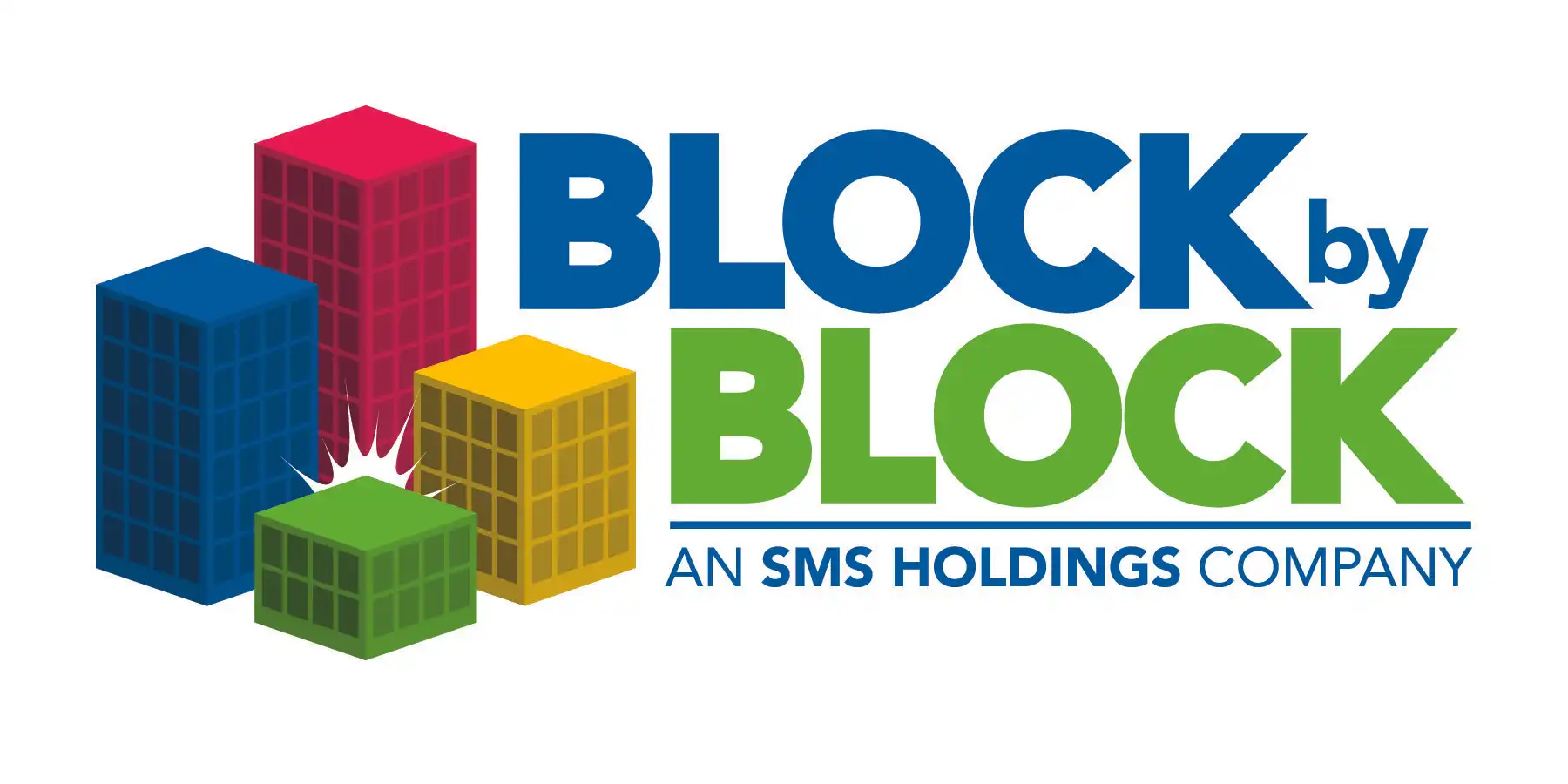Spencer ‘ohana graduates Family Self-Sufficiency Program

“Without this program, I doubt we could have reached this point,” says Hilo resident Richard Spencer about the County of Hawaiʻi Office of Housing and Community Development’s Family Self-Sufficiency Program.
Richard along with wife, Akalina, and their six children are the most recent graduates of the program that helps recipients of federal rental assistance empower themselves to reduce their dependency on welfare assistance and rental subsidies, and ultimately move up the economic ladder.
The milestone achievement follows five years of hard work and dedication by the Spencers. The graduation also came with the disbursal of the Spencer ʻohanaʻs escrow account that topped $27,700.
The Department of Housing and Urban Development’s Family Self-Sufficiency Program was created in 1990 to enable families to achieve financial independence and eventually move out of public housing or off Section 8 assistance.
The voluntary program is open to Section 8 participants and has two main features: Case management/ coaching services and a financial incentive. The program typically lasts five years, though families may complete it earlier or request an extension of up to two years for good cause.
Under the Family Self-Sufficiency Program, participating families work with a service coordinator to identify their financial and employment-related goals and to access a range of support services that help in achieving their goals.
The financial incentive kicks in when a family sees an increase in its household income. Like all families in the Section 8 program, Family Self-Sufficiency Program participants pay rent based on a percentage of their household income. That means as a familyʻs income increases, rent payments follow suit.
However, when families in the Family Self-Sufficiency Program see an increase in income, the portion of that extra income that would have otherwise gone to rent instead goes into an interest-bearing escrow account. Meanwhile, the Department of Housing and Urban Development continues to pay the full housing assistance payment.
Upon successful completion of the Family Self-Sufficiency Program, the family is free to use their saved funds for any purpose. Some common uses are to start a new business, repair credit, reduce debt, buy a home, or pay for education.
The Spencers say their savings will be used first to pay down debt. After that, the family plans to move toward homeownership through OHCDʻs Homeownership Option Program.
While the Spencers admit the program was “tough” and they had some doubt early on if they would be able to succeed, they encourage anyone participating in the Housing Choice Voucher (Section 8) Program to apply for the FSS Program.
“We tell all of our friends. We tell everybody,” says Akalina. “This is definitely a program that I would recommend.”
Since late 2020, the Office of Housing and Community Development has helped 28 families successfully graduate from the FSS Program, each exiting with an average savings of $10,300.
“Congratulations to the Spencer ʻohana, and all those in the community who have committed to this program that inspires and empowers individuals and families to make positive change in their lives,” said Housing Administrator Susan Kunz. “The County of Hawaiʻi Office of Housing and Community Development is proud to administer this program that helps local families make progress toward economic independence and self-sufficiency.”







